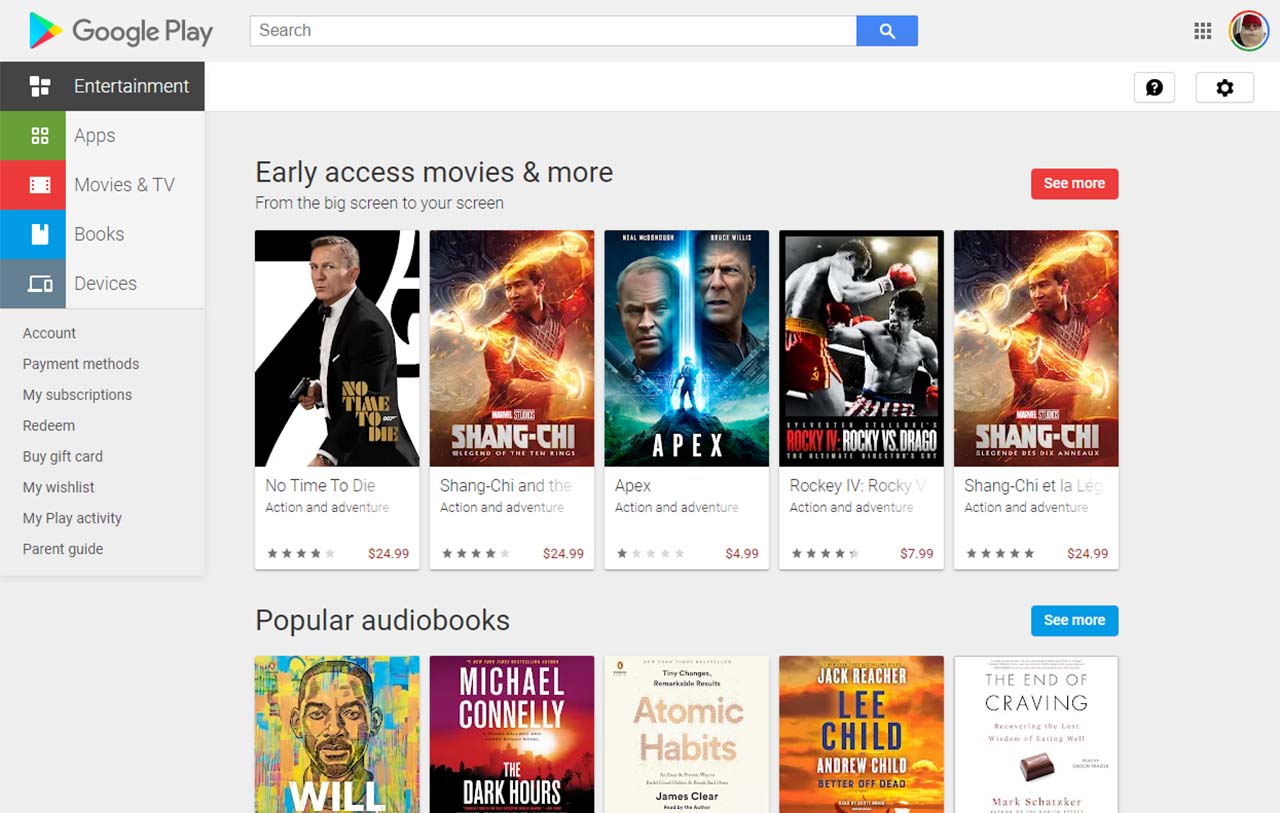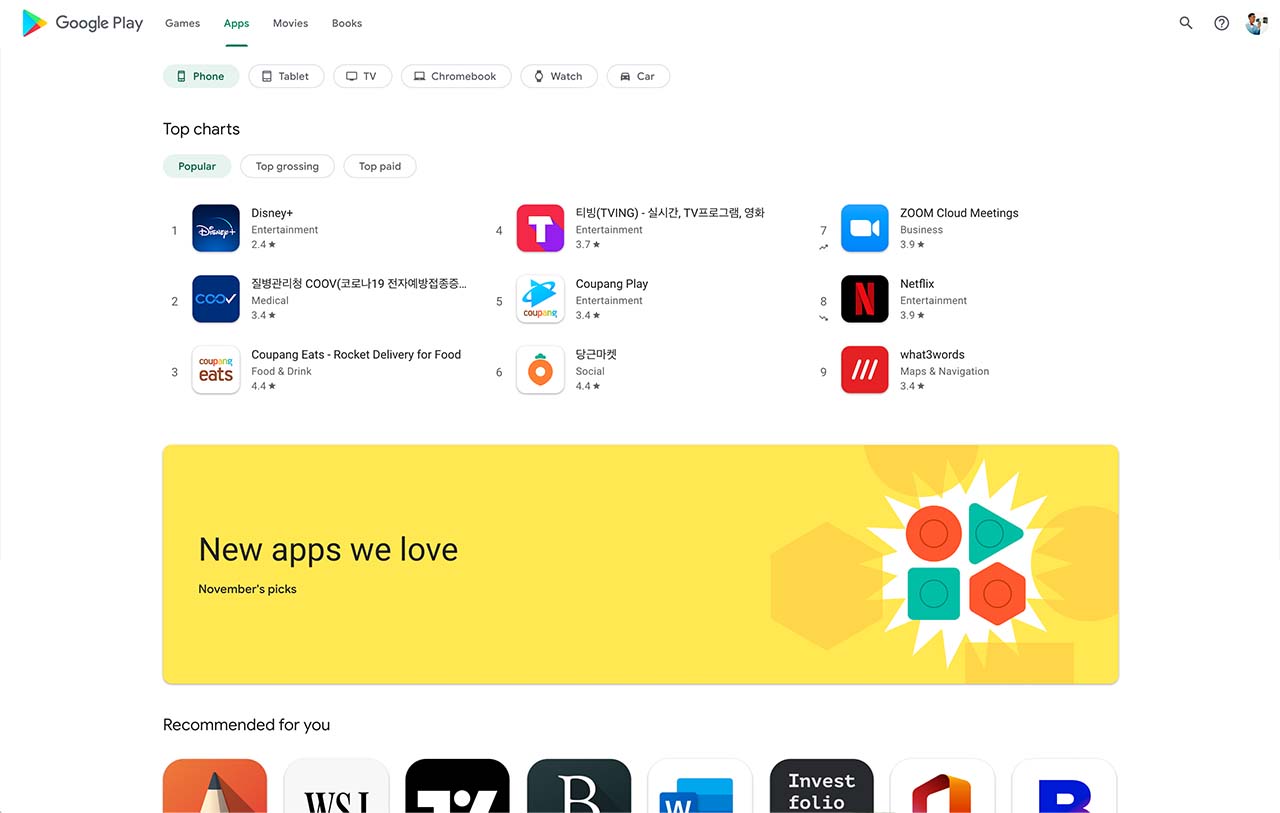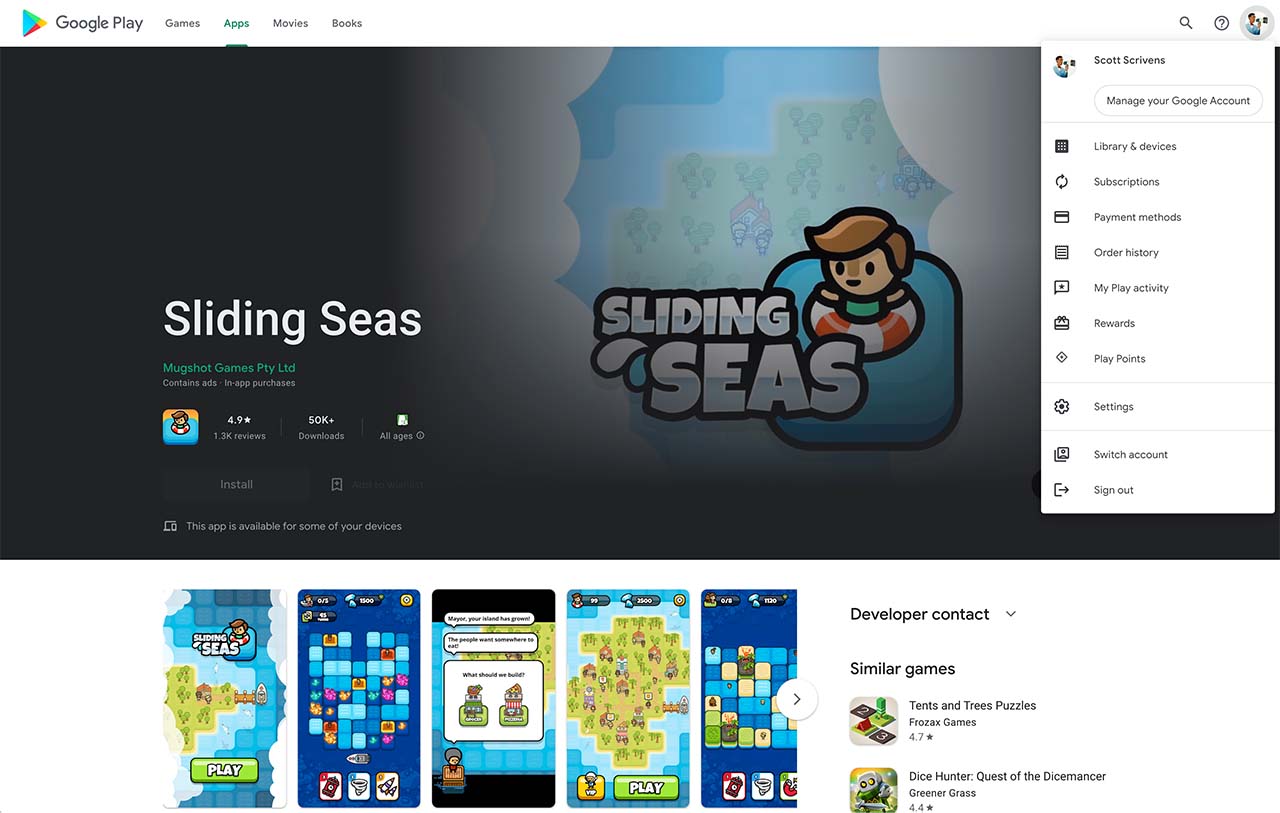Google has published a blog post detailing how the Pixel 6 and 6 Pro charge and why the smartphones charge that way.
The post seems to be primarily a response to reports that the Pixel 6 series doesn’t have the 30W charging capability Google advertised (the initial report came from Android Authority early in November). However, before we dig too further into it, it’s worth noting Google didn’t actually say the Pixel 6 and 6 Pro had 30W wired charging.
There seem to be two main problems at play here. The first is that the Pixel 6 series doesn’t charge at 30W. The second is that the Pixel phones don’t charge as fast as Google claims. Neither of these problems are true, however, and the outcry seems a bit overblown with that in mind. I also want to be clear that I’m not defending Google — in fact, I think Google’s poor communication is largely to blame for all this — nor am I detracting from Android Authority’s excellent report that breaks down how the Pixel 6 charging works and how fast it actually is.
With all that said, let’s break down what’s going on with the Pixel 6 charging.
What Google claimed
The whole issue appears to stem from a Google support document that details the hardware specifications for the Pixel 6 and 6 Pro. The chart says the following about charging:
“Fast charging: Up to 50 percent charge in 30 minutes with Google 30W USB-C. Charger with USB-PD 3.0 (PPS) sold separately.”
At first glance, it certainly appears that the support document says the Pixel 6 and 6 Pro support 30W charging, but that text-only mentions using Google’s 30W charger and doesn’t say anything about the phone’s charging capabilities. Further, the support doc points to the following fine print:
“9. Fast wired charging rates are based upon use of the Google 30W USB-C Charger plugged into a wall outlet. Compatible with USB PD 3.0 PPS adapters. Actual results may be slower. Adapters sold separately. Charging speed based upon testing with device batteries drained to 1 percent and charged with Google 30W USB-C Charger, sold separately. Charging testing conducted by Google in mid-2021 on pre-production hardware and software using default settings with the device powered on. Charging speed depends upon many factors including usage during charging, battery age, and ambient temperature. Actual charging speed may be slower.
10. Wireless charging rates up to 21W (Pixel 6) and up to 23W (Pixel 6 Pro) charging with Google Pixel Stand (2nd gen), sold separately. Up to 12W with Qi-certified EPP chargers, sold separately. Actual results may be slower.”
Again, there’s no mention of the Pixel 6 or 6 Pro’s actual wired charging speed. The text only details measuring charging speed with Google’s 30W charger. Admittedly, it’s really confusing and absolutely misleading. The way Google described this makes it sound like the Pixel 6 series has 30W charging even though it doesn’t. Frankly, that’s unacceptable, but to me it seems that’s been skipped over to focus on the charging speed itself.
How fast the Pixel 6 Pro charges
Android Authority’s charging tests revealed that the Pixel 6 and Pixel 6 Pro charged at a maximum output of 22W when using Google’s 30W adapter. Additionally, the publication found in its testing that the Pixel 6 Pro maintains that level of charging until about 50 percent, then reduces the charging speed significantly.
The time to charge from zero to 50 percent was 31 minutes, as measured by Android Authority. That’s only a minute longer than what Google officially claimed.
However, Android Authority measured that after reaching 62 percent charge, the phone reduced the amount of power to 15W. The Pixel 6 Pro held that power level until 75 percent charge, then dropped to 12W. Again, the phone held that level until 85 percent charge. From there, the power level gradually fell to as low as 2.5W as the battery approached 100 percent capacity.
All told, Android Authority measured a total charge time of 111 minutes for the Pixel 6 Pro using Google’s 30W charger, with the phone taking 31 minutes to hit 50 percent.
Google’s charging info was misleading, but it wasn’t wrong
Again, Google didn’t claim that the Pixel 6 series supported 30W charging (even though the language used was incredibly misleading). Google said the Pixel 6 phones would charge to 50 percent in 30 minutes. Android Authority validated that.
To be abundantly clear, that doesn’t mean people can’t be upset by the Pixel 6 and 6 Pro charging capabilities. In fact, I’d argue the criticism is justified, especially when you consider that the Pixel 6 Pro takes 121 minutes to fully charge using the old 18W Google charging brick. Springing for the 30W charger only gets you a 10-minute faster charge time. The issue I have is with the claim that Google lied about the Pixel 6 series having 30W charging when the company didn’t actually say that.
Google’s new support post adds additional context to these findings but ultimately reiterates what the company already said: the Pixel 6 and 6 Pro can charge to 50 percent in about 30 minutes and 80 percent in about an hour. The only other notable information is that the Pixel 6 maxes out at 21W and the 6 Pro at 23W of charging. Although Android Authority measured 22W for the 6 Pro, it acknowledges that the 1W difference is within the “margin of error from our testing.”
Finally, the takeaway from this should be that if you have Google’s 18W charger from a previous Pixel (or another similarly-specced charging brick), you really don’t need to get the 30W charger.
Source: Android Authority, Google, (2)













